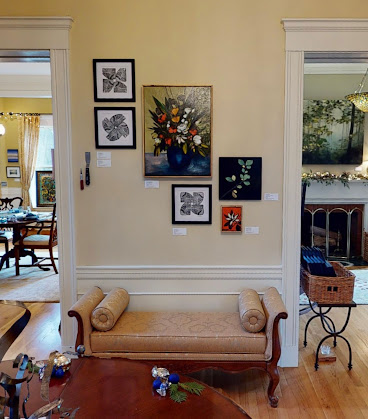Surely everyone has had the conversation in which your friend says they like the new kid, and you ask, “Do you like him, or do you LIKE like him?” I think of this as the original and most iconic example of contrastive reduplication (aka contrastive focus reduplication), but of course there are all kinds of ways it can be used. What’s going on here is that the speaker is trying to clarify an ambiguity. Compare with another classic familiar to all speakers of English, “Do you mean funny ha-ha or funny peculiar?” The meaning of the word funny is ambiguous, and the speaker is trying to focus on the correct interpretation by doubling the word with a synonym that will clarify the meaning: “funny peculiar” or “funny ha-ha.” Contrastive reduplication is doing the same thing, except that instead of clarifying with a synonym, a speaker doubles the ambiguous word with the same word, emphasized. It doesn’t seem like this would gain us much clarity, but in fact it’s a very commonly used strategy.
The most common instances are when we’re indicating that the word in question is to be interpreted as the most prototypical definition possible. As in
No, I don’t want a safety pin; I need a PIN pin.
He’s bringing tuna salad, so I’ll make a SALAD salad.
Is that turkey bacon or BACON bacon?
Is Dr Smith a PhD doctor or a DOCTOR doctor?
Sometimes contrastive reduplication is used to clarify that a word is meant literally, rather than merely figuratively or as an exaggeration.
It’s not really a CRIME crime.
Wait, you mean he’s actually DEAD dead?
Are you FINE fine, or just I-don’t-want-to-talk-about-my-problems-right-now fine?
Some words have an ambiguity between a relatively non-specific literal meaning and a particular connotation of more depth or significance.
Well, we didn’t really TALK talk.
I am up. I’m just not UP up.
I do housework every day when I’m at home, but I have WORK work three days a week.
Sometimes it’s really just a matter of emphasis, clarifying between a moderate interpretation of the word and a more extreme one.
We’re rich, but we’re not RICH rich.
Sure I’m nervous, but not NERVOUS nervous.
Sometimes they get snow there, but not SNOW snow.
To circle back to my initial example, LIKE like, contrastive reduplication is often used for euphemistic words to signify whether or not we mean the particular sense with the innuendo.
But did you KISS kiss?
Were they TOGETHER together? or just, you know, they happened to be together?
When he says a drink, he means a DRINK drink.
Are you suggesting we GO OUT go out?
You can see from these examples (or think up your own) that we use contrastive reduplication with pretty much every part of speech, as well as entire phrases, so the structure is quite flexible. Sometimes the reduplicated version is contrasted with the word by itself, while other times it’s contrasted with the word paired with a different synonym. In all cases, the reduplication indicates the interpretation of the word that is stronger, more prototypical, and/or more significant.
However, the interpretation is very context-dependent, so that to hear reduplication in a vacuum, such as, “Do you think Bert is HOT hot?” may not actually give you a specific meaning. Is Bert heatstroke hot, or gorgeous hot, or warmer-than-lukewarm hot, or horny hot, or having-a-string-of-successes hot, or something else? Unlike my use of synonyms to specify different definitions of hot, reduplication doesn’t actually tell us anything. So what the structure really does is to alert others that there is ambiguity here, and that we are trying to pinpoint which shade of meaning is intended. Those shades of meaning then have to be inferred from context. It’s an interesting linguistic phenomenon, in the spirit of which, I hope you all had a happy holiday season in which you could get together with friends and family… but not TOGETHER together, of course. Stay safe as we make our way out of 2020 and into the new year!
[Pictures: Cabbage, Celery, Lettuce, relief-block print by Stephen Alcorn, 2003 (Image from The Alcorn Studio & Gallery);
The Kiss I, woodcut by Edvard Munch, 1897 (Image from Munch Museum).]














































